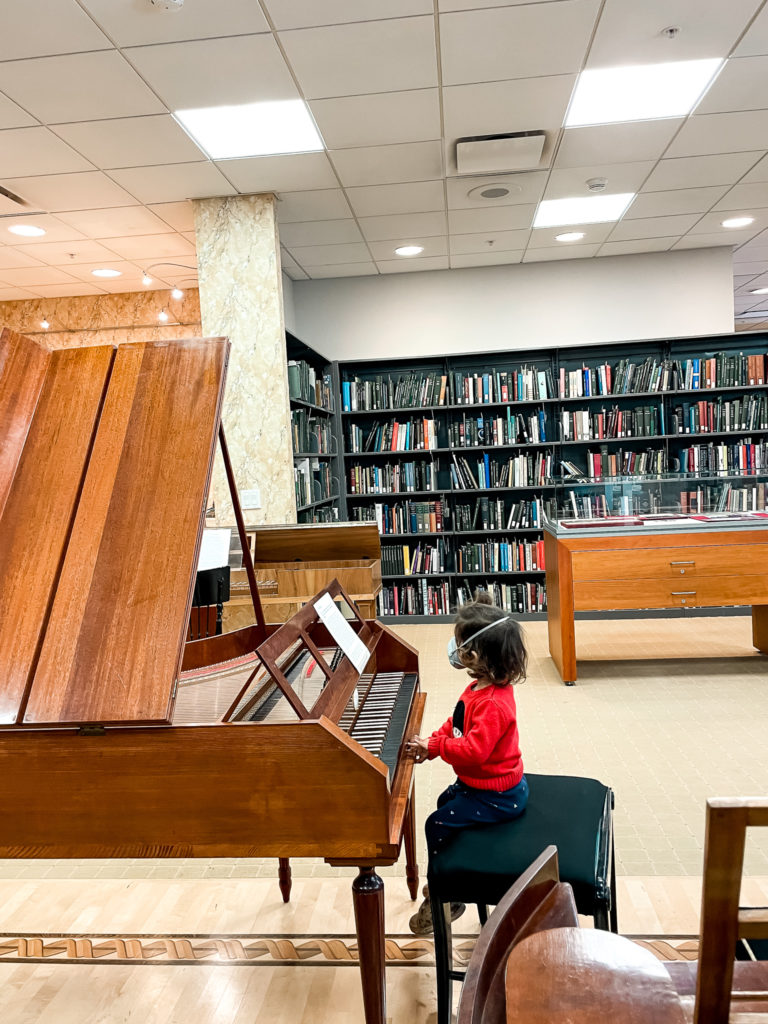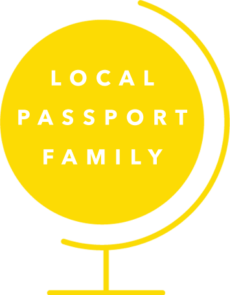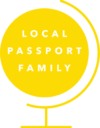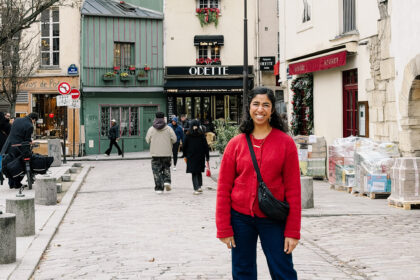Among the posts I never expected to still be writing in 2021: helping a toddler wear a mask. Alas, here we are!
We started having baby M practice wearing a thin, comfortable mask when she was about 18-19 months old. At first, she ripped it right off. But she quickly improved and would wear it for 30 minute stretches by about 20 months. By the time she turned 2 recently, she could consistently wear a high filtration mask for several hours at a time. We’re so grateful as it helps us feel much safer in doing activities as a family, especially indoor ones.
Of course, every child is different. Baby M doesn’t seem to have any sensory issues or anything keeping her from wearing a mask. She has 4 older siblings to watch and who’ve worn them when out and about for pretty much her entire life. One or all of those things may be different for you.
That’s all to say, this is definitely not prescriptive. What worked for us may not work for you, but I share in hopes that it will at least help during this bizarre time. And I hope that doing so will help keep all of us a little safer for a little while longer.

1. Start very slowly
Before even wearing a mask itself, we found it really helpful to just allow baby M to get comfortable with masks. Part of this was seeing others, and part of it was allowing her to experience them herself. This included patting them, playing with them, holding them, and touching them to her face. Allowing her to become familiar with them in a tactile way made them less scary.
2. Practice at home
We started out by having baby M practice right at home where she was comfortable. It was a low-key, low-pressure environment where she and we were comfortable, and where it wouldn’t feel stressful if she refused. It was a place where she wouldn’t be overwhelmed by new sounds and people.
Of course, with a child under two especially, be sure they only wear them with an adult present and closely supervising to ensure there is no suffocation risk.
3. Practice for short periods of time
In addition to practicing at home, we had her start with very short bits of time. I’m talking 2 minutes or less. We didn’t want it to feel overwhelming or for her to get to the point where it was annoying. Instead, we purposefully removed it after just a minute or two to keep some of the novelty and help her build up her confidence with wearing it for longer periods.
And, of course, we praised her every time she even tried one on – we told her she was doing a great job and helping others around her.
4. Start with a comfortable and lightweight mask
While it’s clear that most of us need more protection that a cloth mask at this point, I think a toddler cloth mask is the easiest way to start. We liked using ones that were soft and adjustable and that we could keep a little bit loose at first so it would be less bothersome. Cloth ones also tend to be much more breathable, so those were perfect while she was acclimating to having a mask on her face.
Once she was comfortable wearing a cloth mask, we tried out this high filtration mask with her. And she did great! There was basically no transition time between the two because she was already comfortable with the cloth mask. The high filtration one was still comfortable, sat well on her face, and didn’t slide around, so it was a very easy adjustment for us.
I wrote this post with the details on all the masks our family uses.
5. Practice while doing a favorite activity
There’s nothing like creating positive associations for getting to do fun things, and mask wearing can be part of that. Of course, we never want to punish little kids for not wearing a mask. But even little ones can understand that wearing a mask brings with it certain privileges.
This might start at home with getting to watch a short, 5-minute show while wearing one, or snuggling to read a favorite book while having one on, or perhaps playing with some favorite toys. This doesn’t mean you never allow those activities without the mask, but it’s nice to incentivize the mask wearing (and also can help distract them from the fact that they’re wearing it).
This might progress to doing certain activities. When our daughter was in the church nursery, we encouraged her to wear her mask. This was important to us since the other kids were young and not wearing mask, so in order for us to feel comfortable with her in there, we wanted her to wear one. When she wanted to pull it off, we told her that was totally fine to need a break, and that we would just step out of the nursery to go outside for a bit. She decided that she didn’t want to leave and preferred to leave her mask on so she could stay safely. It wasn’t punishing, and instead allowed her to safely continue her activity because of her willingness to wear a mask.
6. Use Play
Little ones love pretend play, and dolls and stuffed animals are great accessories to help with mask practice. Baby M loved putting a mask on her baby doll, and thought it was funny when she would see images with animals with masks on. She also liked to practice putting a mask on us.
7. Start with just covering part of face
Along with starting with a cloth mask, we also started by mostly just covering part of her face. While we all know noses should be fully and securely covered, it’s much easier to start out by just covering the mouth. So we didn’t worry too much if the cloth mask slipped down a bit and mostly just let her practice wearing one at all. We slowly tightened it a bit to make it more secure and as she got more comfortable wearing one.
8. Modeling everyone wearing them
I can’t overstate the benefit of having others modeling proper mask wearing. It honestly hadn’t occurred to me to start having M practice quite as early as we did until she started asking for a mask herself! Her older siblings had been wearing one and held one up to her playfully, and she really wanted to try it on. She continued to ask for a mask after that, and almost always reminds us herself when we go somewhere now. Seeing her siblings and parents wear them was really helpful to signal to her that a big kid can be a helper by wearing one, as well.
Even if you don’t have siblings to observe, being around others who can model mask wearing – either at home or while out – can be really helpful. Toddlers love to imitate others and love to feel like they’re big, too!
9. Comfortable, well-fitting, cute mask
Finally, finding a mask that is comfortable, fits well, and, if possible, is cute, makes a big difference, especially when starting out. If a high filtration one doesn’t work at first, don’t stress – maybe try one with airplanes or dogs or whatever your kiddo loves. Try to look for one that isn’t constantly falling (which can be bothersome and distracting) and that is breathable. As they practice wearing them, you’ll slowly be able to up the protection level.
10. Explain why, praise, & document
Even young toddlers can understand a bit about how they can be helpers, and wearing a mask is one of them. I’m often surprised by just how much little ones do understand! Tiny kids love to help, and explaining to them that wearing a mask is a way of helping can be impactful. Plus, praising them for their efforts – however big or small can go a long way.
Finally, showing them a photo of them helping out and doing a good job can also be motivating. This can be as simple as taking a selfie with your phone. They’ll be so excited to see themselves!
I hope these tips are helpful with your own child. Know that if you or your child is struggling, you’re doing a great job for even trying. Your child is doing a great job! It can be new and scary and we’re all doing our best.










